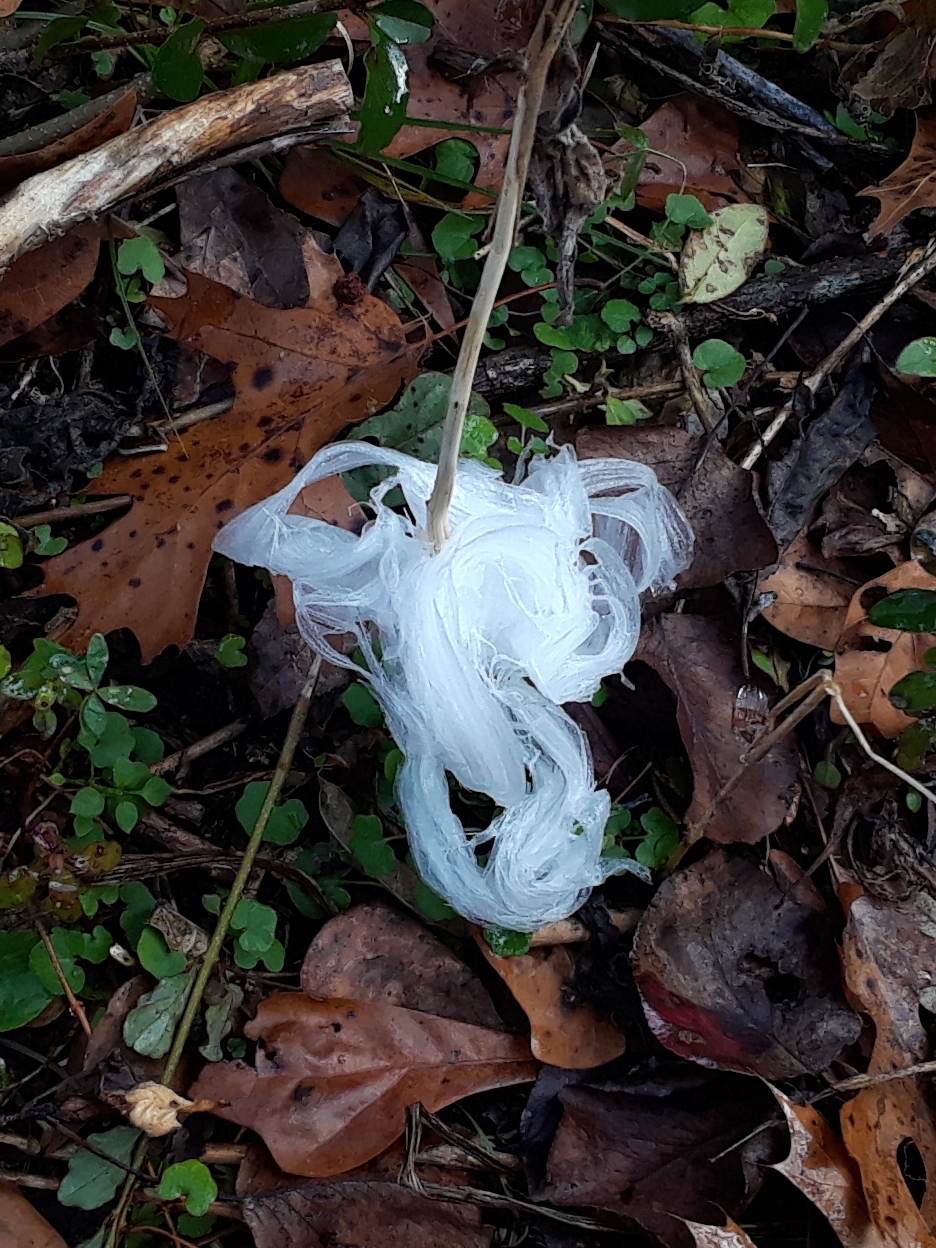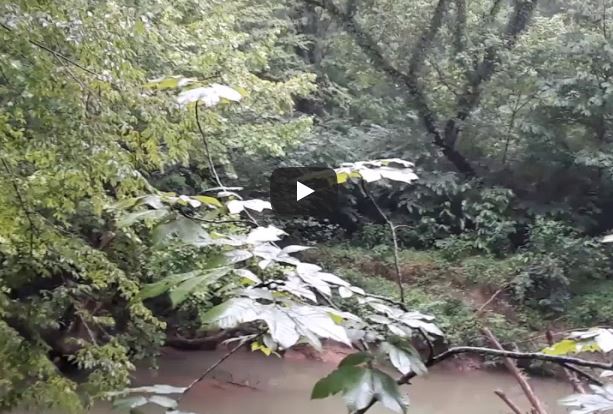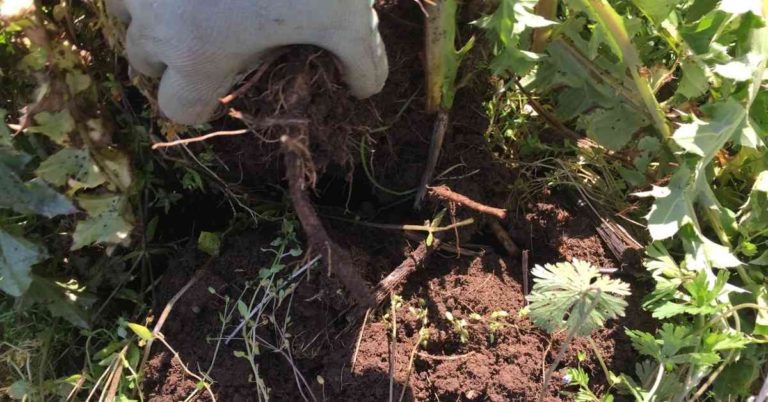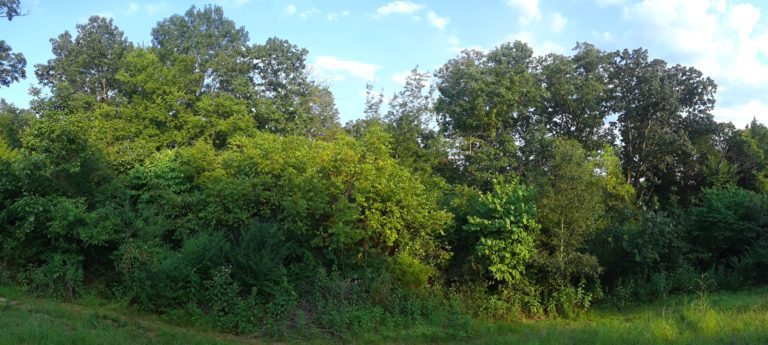Frost Flowers from Crownbeard Wildflowers
Our Wildflower Spiral on SpiritTreeFarms is home to crownbeard wildflowers in the summer and frost flowers with the first hard freezes of late autumn.
But what are frost flowers and how do they form? Watch the video to find out! (Or read more).
Dead Crownbeard Stems Wick Up Water Which Freezes Into Frost Flowers
![]()
![]()
![]()
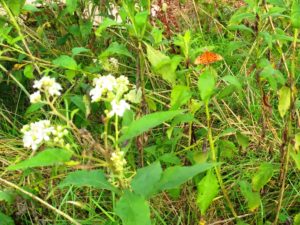 Crownbeards are USA-native wildflower which, in the late summer, forms a large and attractive white or yellow flowerhead which attracts pollinators, including monarch butterflies, gulf frittary butterflies, native bees and flies, honeybees, hummingbirds and more. A huge patch of these formed the basis for our wildflower spiral at Spirit Tree Farms, when we wanted to have a place to meditate AND get a better view of the pollinators.
Crownbeards are USA-native wildflower which, in the late summer, forms a large and attractive white or yellow flowerhead which attracts pollinators, including monarch butterflies, gulf frittary butterflies, native bees and flies, honeybees, hummingbirds and more. A huge patch of these formed the basis for our wildflower spiral at Spirit Tree Farms, when we wanted to have a place to meditate AND get a better view of the pollinators.
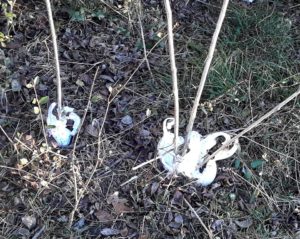 But it’s with the first heavy frost of late fall that this wildflower does its magic by forming frost flowers. As the video explains, the roots are full of moisture. The dead stems have some sort of capillary action, which draws the moisture toward the surface. When that happens simultaneously with freezing temperatures, the water gradually forms ice crystals, which connect to each other in fantastic, delicate shapes.
But it’s with the first heavy frost of late fall that this wildflower does its magic by forming frost flowers. As the video explains, the roots are full of moisture. The dead stems have some sort of capillary action, which draws the moisture toward the surface. When that happens simultaneously with freezing temperatures, the water gradually forms ice crystals, which connect to each other in fantastic, delicate shapes.
This rare natural phenomenon is usually only able to be seen in early mornings. Once the sun’s rays hit the frost flowers, no matter how cold the weather, the delicate frost crystals begin melting. This website, from Florida Wildflower Foundation, explains even more (and has links to scientific explanations). (Sadly, the webpage of Dr. James Carter, professor Emeritus from Illinois State University and someone I’ve communicated with, is no longer active.)
What Can You Do With Frost Flowers?
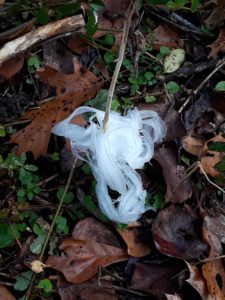 As my great niece, a frequent visitor to SpiritTreeFarms.com and our Wildflower Spiral knows, you can pick the ice off from around the crownbeard’s stems and eat them … and “Feel the POWER!” Mostly, they are fabulous just to look at, admire, take photos of, and wonder at.
As my great niece, a frequent visitor to SpiritTreeFarms.com and our Wildflower Spiral knows, you can pick the ice off from around the crownbeard’s stems and eat them … and “Feel the POWER!” Mostly, they are fabulous just to look at, admire, take photos of, and wonder at.
